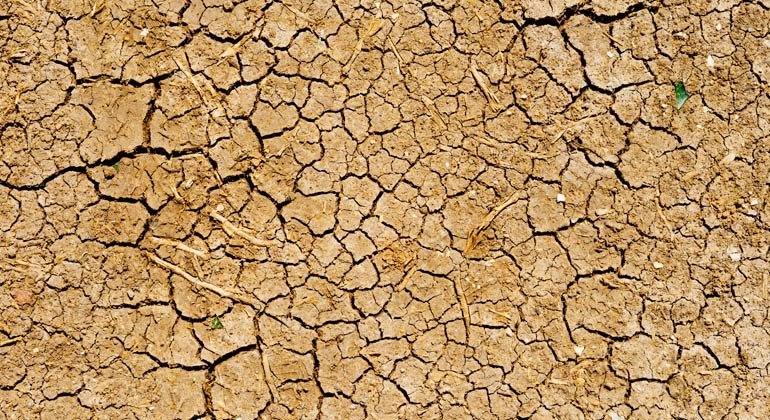
Drought threatens food security and poverty in Southeast Asian countries including the Philippines because it damages agricultural land and hurts the incomes of small farmers the most, according to the United Nations Economic and Social Commission for Asia and the Pacifc (ESCAP).
Drought in much of Southeast Asia has been a recurring natural hazard and is expected to worsen in the coming years, with the poorest communities expected to suffer more, ESCAP said in a report published on Friday.
It noted that from 2015 to 2020, the region experienced the most severe droughts in decades that affected more than 210 million people at some point.
The Philippines was among the countries that posted the highest overall drought risks — a combination of exposure, vulnerability and the magnitude of the hazard — in October 2015 and in February this year.
“Projected changes in drought risk threaten to further exacerbate food insecurity by damaging agricultural land, planted crops and livestock health, and delaying planting seasons,” according to the report.
“These challenges are particularly disruptive for small-scale farmers, who have less capacity to cope with even small economic shocks, compared with large-scale commercial farming,” it added.
Because water is scarce during the drought season, small farmers take longer to collect water and have less time for other productive activities, ESCAP said. “This tempers the availability of food produced, that could push prices up, as well as disrupt agricultural livelihoods which would lead to lower revenues for the farmers.”
It said southern Philippines is among areas in the region suffering the most from frequent drought, along with Brunei Darussalam, Indonesia and Malaysia.
The most affected region in the country in terms of food security is Mindanao, which incurred damage worth more than $6.73 million to 5,730 hectares of rice and 15,416 hectares of corn.
“Worst affected were the poorest farmers, who had little savings to cope due to their exposure to repeated armed conflict and natural hazard,” ESCAP said.
In some provinces, more than 70% of farmers reported damage to crops and food shortages, with more than 60% of households forced to sell their assets, it added.
It found that some areas in the Philippines marked as drought hotspots also reported high poverty rates. These include the regions of Zamboanga Peninsula, Northern Mindanao, Davao and Caraga.
Aside from its impact on health and livelihoods, disruptions caused by droughts to the agriculture sector result in losses to economic output.
“Food security across Southeast Asia is threatened both by the ongoing drought and the COVID-19 pandemic,” ESCAP said. “The two disasters are converging at a critical time in agricultural crop calendars, during the harvesting and planting seasons.”
ESCAP said governments should start developing national drought plans to mitigate its impact.
“A strategic approach to drought risk management must be a coherent effort across the whole of society, and must include long term, proactive measures that incorporate climate change projections to mitigate intensifying drought risk,” it said. — Beatrice M. Laforga
